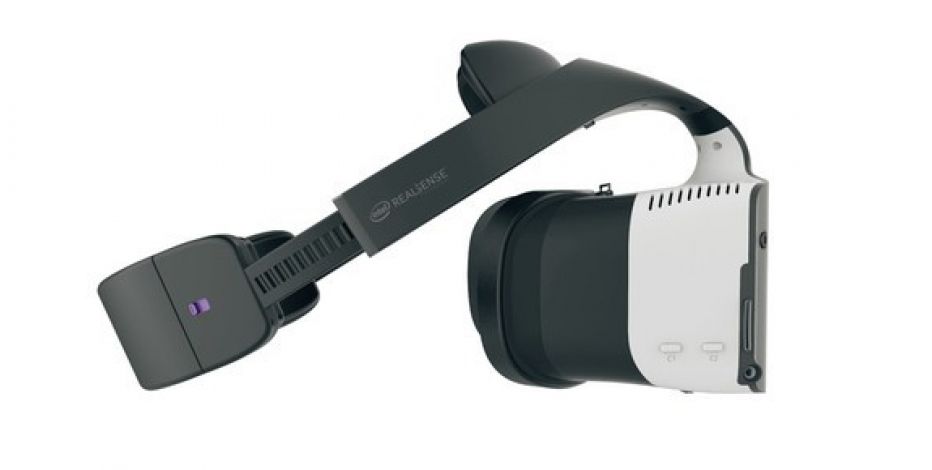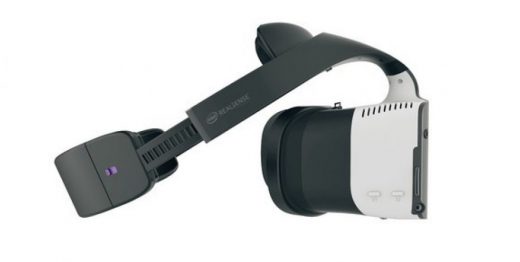Intel Bets Big On Virtual Reality
By
Intel Corporation’s Betting Big On VR

Determined not to make the same mistake as it did with its late arrival to the smartphone party, Intel (NASDAQ: INTC) recently announced a new, cutting-edge entrant to the fast-growing virtual reality (VR) market. While the VR device itself offers considerable opportunity, it’s also important to investors and the Street that Intel got onboard in the early stages of a market with almost limitless upside.
As big as the VR market is forecast to become, most pundits agree that augmented reality (AR), or a “virtual” world in which users are still aware of their physical surroundings, is — due to its commercial applications — where the real opportunity lies. The good news for Intel fans and investors in search of a long-term growth and income alternativeis that it has that base covered as well.
Image source: Intel Opens a New Window. .
CEO Brian Krzanich kicked off Intel’s annual developer conference in San Francisco, CA last week with a bang. Krazanich introduced Project Alloy and its “merged reality,” all-in-one headset. Though Intel describes project alloy as an “all-in-one virtual reality solution made from the ground up,” it has applications for both VR and AR.
The headset stands apart from other VR and AR solutions in several ways. First, there are no VR-like “pesky cords” to deal with as the device is entirely self-contained. Similar to Microsoft‘s (NASDAQ: MSFT) HoloLens, alloy gives users the ability to safely roam an area with its built-in collision detection and avoidance sensors while retaining the merged reality experience.
Intel plans to open the ecosystem doors to developers and hopes to have its partners ready to deliver units next year. Intel added that it has come to a collaboration agreement with Microsoft in collision detection and avoidance sensors, to “optimize Windows-based content and experiences on Intel-based VR devices such as Alloy.” And the arrangement between the two tech juggernauts doesn’t stop there.
Phase two
Krzanich was joined by a Microsoft Windows exec onstage at the developer conference and announced that in addition to the opportunities that merged reality offers users of Microsoft’s suite of business software, combined they were able to develop a PC gaming, merged reality experience that requires less powerful computers than VR headsets from the likes of Oculus Rift and Vive.
Both Rift and Vive require PC computing power that few consumers have, and costs for a unit with the power needed start around $1,000 and go up from there. Computing cost is a concern voiced by several pundits as a roadblock to overcome before VR reaches its full potential. With Microsoft’s assistance, Intel’s alloy could very well prove to be the solution VR gamers have been looking for.
Fox Business, Friday, August 26, 2016
(32)


